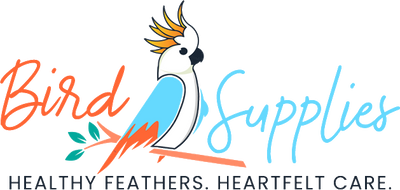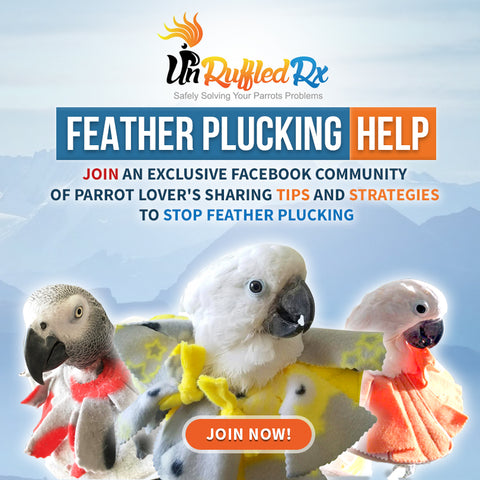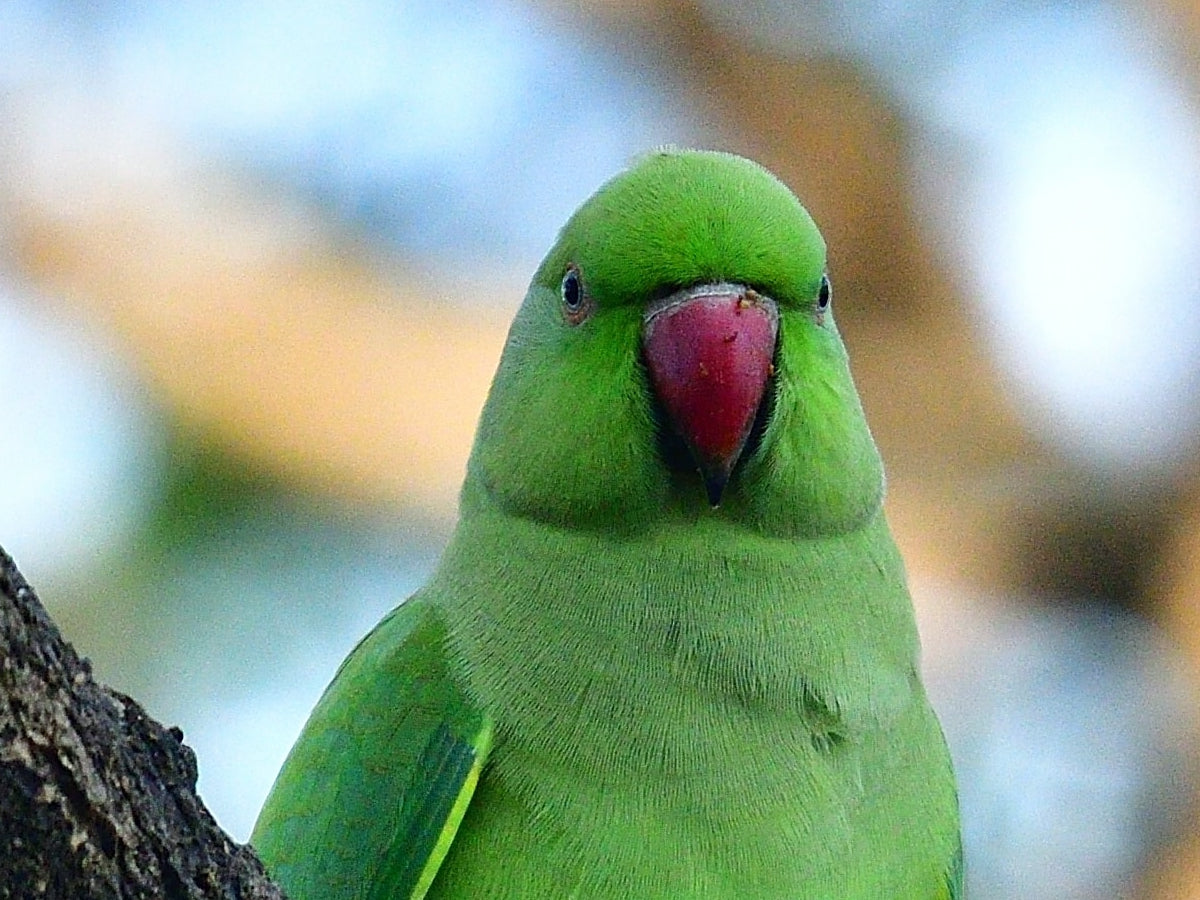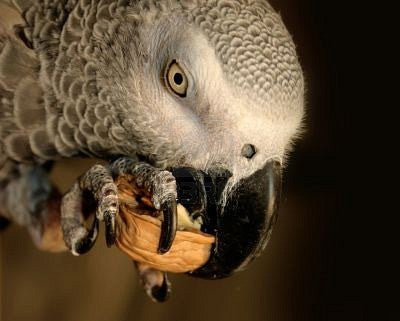By Diane Burroughs
Americans have been slow to train their parrots to use a bird harness. Across the divide of the Atlantic, there has been a topic that creates heated debate, and it goes something like this.
A pet bird is a very fragile animal, and, apart from the possibility of it getting sick from common household contaminants, the risk of your bird flying away and getting injured, or worse, attacked by another animal, is a very real one.AmericaA
In Europe, the general belief is that birds should be trained when they are young so that they will only fly on command, and will also return to their owner when called.
In the US, the predominant form of keeping a pet bird safe has been to clip it's flight feathers, and so render it unable to fly.
This method, while generally effective, comes with potential attendant problems, especially if done to young birds. Avian behaviorists are learning that young birds that never learn to fly may experience emotional maladjustment and anxiety.
Also, 'home jobs' where the owner clips their birds wings has it's own problems if it's not done right with the bird also losing the ability to glide, and potentially injuring itself if it gets startled, further increasing anxiety.
Not clipping however, and just training your bird to fly and return on command also has it's own problems, which are centered around a lack of control if the bird panics or is attacked.
Australia and New Zealand fall firmly into the bird harness training or European side of the great divide as there are 'semi-legal' guidelines that state that a pet bird should be able to fly, and that wing clipping is not really allowed, except under certain circumstances. Doesn't mean it doesn't happen, just that it's not meant to.
One way to keep your bird safe, and remove many of the problems associated with feather clipping, and the risk associated with free flight training, is to use an Aviator Harness. These consist of a light but sturdy one piece harness with a long elastic leash, that your bird can easily get into, and allows him or her to fly in a controlled environment.
Apart from being a great source of exercise for your bird, it can also be a great way to bond with your pet. Before you run out and get one though, there are some things you should note, as it can be quite a bit of work to get your bird used to the harness. And, don't worry. The Aviator Harness comes with a free training DVD.
- Make sure your bird is used to being handled. If you've never really manipulated your birds wings before, then it's important to start slowly. Before you introduce the harness, you'll need to get your bird used to your hand, and to being handled.
- Get them used to the harness inside first and before flying. Birds can be nervous little creatures with long memories for things that they don't like. So, take it slow and error on the side of maintaining your birds trust rather than rushing harness training. If your bird decides that a harness is scary, then that may well be the ball game. So take it slowly and follow the rules in point 4 to get you there.
- Make sure you get a good harness. It's tempting to save a little bit of money, but I wouldn't advise on skimping with your harness. Especially avoid the harnesses that have metal links, clips and fasteners, as these are an older design and can catch and pull feathers, and also overly constrict your bird. Our Australian friends tell us that buying a harness in Australia or New Zealand that involves 'tethering' which is how the metal clips keep the bird contained, could get you in trouble with the law, and is certainly against animal treatment guidelines. You can get a better type of bird harness here<, and get an idea of what's available, and price points.
- Two way training: Promise to remove, and Bribe. When training your bird to receive the harness, you should practice the two step "promise and bribe" for quick results. On one hand you give the bird a treat for receiving the harness, and also after you take the harness off, so that the bird comes to associate the harness with a treat.
- Train the bird to only fly on command. Don't forget that once you have the leash on, and your bird is flying around outside remember that there are still predators such as cats and dogs around, and many ways that your bird can be startled and panicked. Don't let that put you off though, as it is something that you will absolutely love to watch... your pet bird will be doing what he or she was designed to do, and that sort of fun can be infectious.
There's no rush, and as well as bonding more with your little bird, this will also give you a little bit of security in crowded areas that he or she isn't going to panic.
And that's our primer on introducing your bird to a harness!
Do me a favor though, and let me know if you've had any issues with using a harness? It can take a while to get your bird used to a harness, and I'd love to hear about any tips and tricks that you have that have sped up the process, and also about any disasters that both I and other readers can avoid. :)
What are your thoughts of using a bird harness?
[author name="Diane Burroughs, LCSW" bio="Located in Denver, I'm a Mile High author and parrot feather plucking expert. I've always been a devoted animal lover with a special passion for parrots, Diane is also a behavior specialist. Make sure to join my Facebook group, UnRuffledRx Parrot Feather Plucking Help now!" image="birdsupplies.png" facebook="https://www.facebook.com/BirdSuppliescom/" instagram="https://www.instagram.com/unruffledrx" pinterest="https://www.pinterest.com/birdsupply" twitter="https://twitter.com/BirdSupplies” ]












